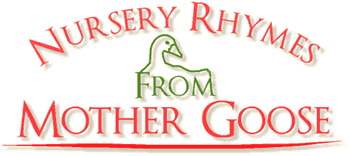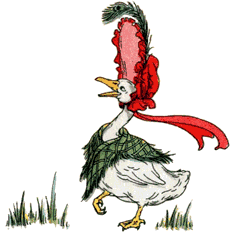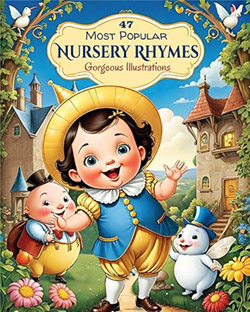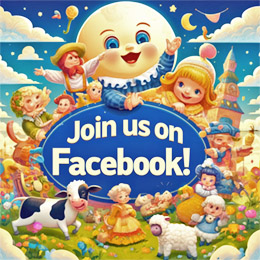Little Boy Blue
Little Boy Blue,
Come blow your horn!
The sheep's in the meadow,
The cow's in the corn.
Where is that boy
Who looks after the sheep?
He’s under the haystack,
Fast asleep.
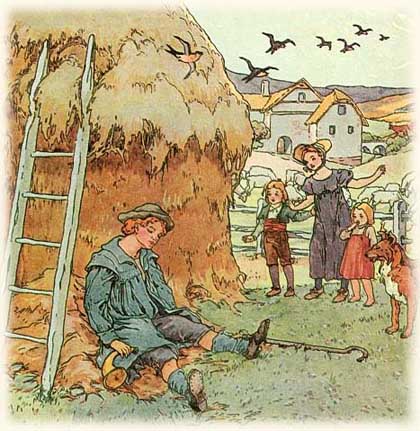
The version from 1912:
Little Boy Blue,
Come blow your horn;
The sheep’s in the meadow,
The cow’s in the corn.
Where’s the little boy
That looks after the sheep?
He's under the hay-cock,
fast a-sleep.
Will you wake him?
No, not I;
For if I do,
he'll be sure to cry.
Cardinal Thomas Wolsey
The nursery rhyme Little Boy Blue most likely has no real historical background. It has been speculated, however, that it may speak about Cardinal Thomas Wolsey, a powerful political figure and a contemporary of King Henry VIII. His father was said to be a butcher and a cattle dealer, and so in childhood he may have been a sheperd to his father’s flocks. Being very wealthy, powerful and somewhat arrogant, he had many enemies who may have used this fact as a basis to make a mocking rhyme. But, as already said, it’s only a speculation that circulates with this rhyme. Even the fact that his father was a butcher may very well be made up by his enemies to humiliate him.
The Book of Joel
Recently, another interesting approach has been made, connecting this rhyme with The Book of Joel in the Bible, where there are also mentioned such things as herds of cattle, blowing of a trumpet (a horn), the corn. You may follow the train of thought of this interpretation here.
King Lear
 Yet another connection can be found in Shakespear’s King Lear. Shakespeare has written the following lines in it:
Yet another connection can be found in Shakespear’s King Lear. Shakespeare has written the following lines in it:
Let us deal justly.
Sleepest or wakest thou, jolly shepherd?
Thy sheep be in the corn;
And for one blast of thy minikin mouth,
Thy sheep shall take no harm.
Pur! the cat is gray.
